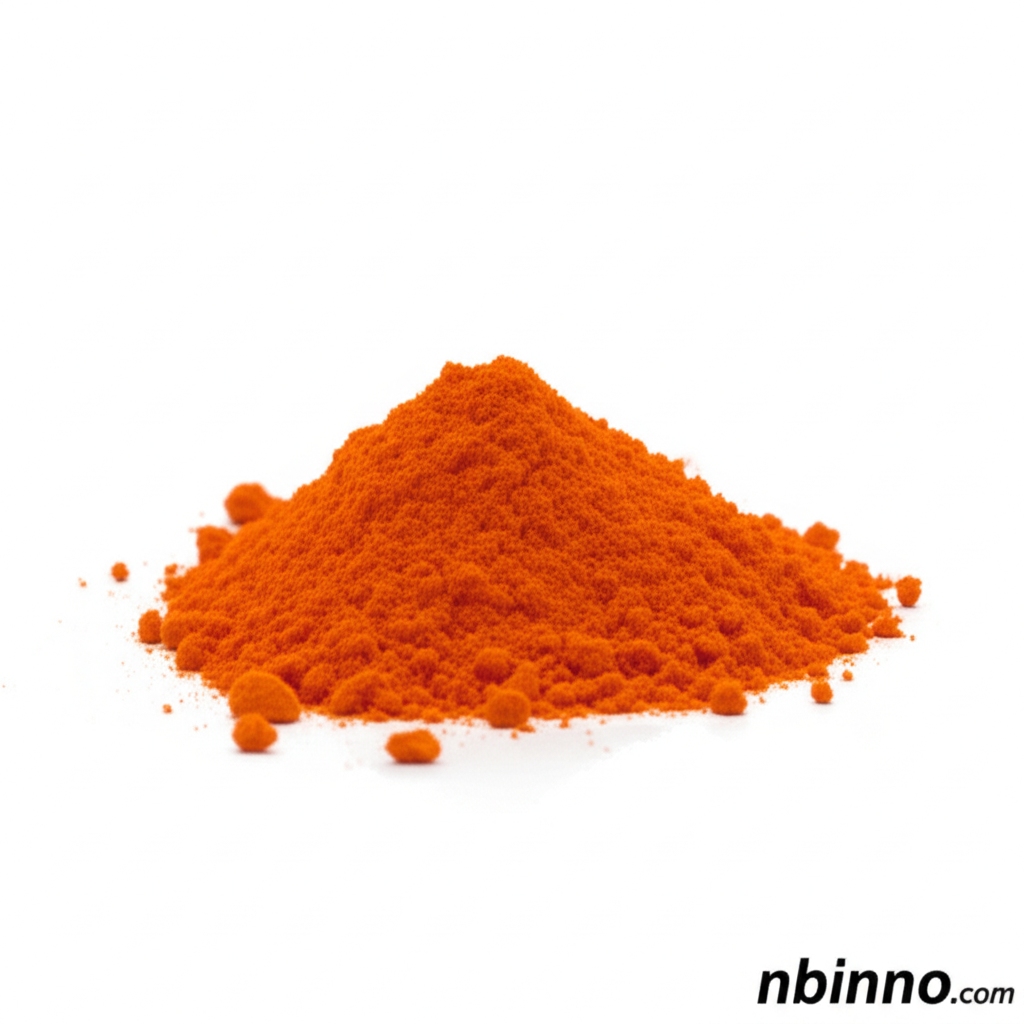Understanding Tris(4,7-diphenyl-1,10-phenanthroline)ruthenium(II) Dichloride Complex: An Oxygen Sensitive Luminescent Probe
Explore the key features and applications of this vital luminescent oxygen probe for precise quantitation.
Get a Quote & SampleProduct Core Value

Tris(4,7-diphenyl-1,10-phenanthroline)ruthenium(II) Dichloride Complex
This ruthenium complex serves as a highly sensitive probe for the luminescent detection and quantitative analysis of oxygen. Its unique photophysical properties allow for accurate oxygen determination based on changes in luminescence intensity or decay time, making it indispensable for advanced research applications.
- Explore the significance of this ruthenium complex luminescence in various scientific disciplines, offering reliable oxygen detection capabilities.
- Discover how this compound is utilized in developing advanced optical oxygen sensors for real-time monitoring.
- Learn about its critical role in cellular oxygen measurement, providing insights into biological processes.
- Understand its application in fiber optic oxygen sensing, enabling precise quantification in diverse environments.
Key Advantages
High Sensitivity Oxygen Detection
Leverage the robust performance of this luminescent oxygen probe for precise and sensitive detection of oxygen levels, aiding in critical research workflows.
Versatile Application in Sensors
This complex is instrumental in the creation of sophisticated optical oxygen sensors, enabling accurate oxygen quantitation across various experimental setups.
Biocompatible Oxygen Measurement
Its use in studying oxygen in skin and skin tumors highlights its utility in biological research and the measurement of oxygen flux through the skin.
Key Applications
Oxygen Sensing
As a core component in optical oxygen sensors, it facilitates accurate oxygen quantitation through luminescence changes.
Biological Research
Used in studies investigating oxygen levels in skin and skin tumors, contributing to a deeper understanding of physiological processes.
Environmental Monitoring
Its sensitivity to oxygen makes it suitable for various environmental monitoring applications where precise oxygen levels are crucial.
Material Science
Applicable in the development of new photoelectric materials and OLEDs, leveraging its unique luminescent properties.
